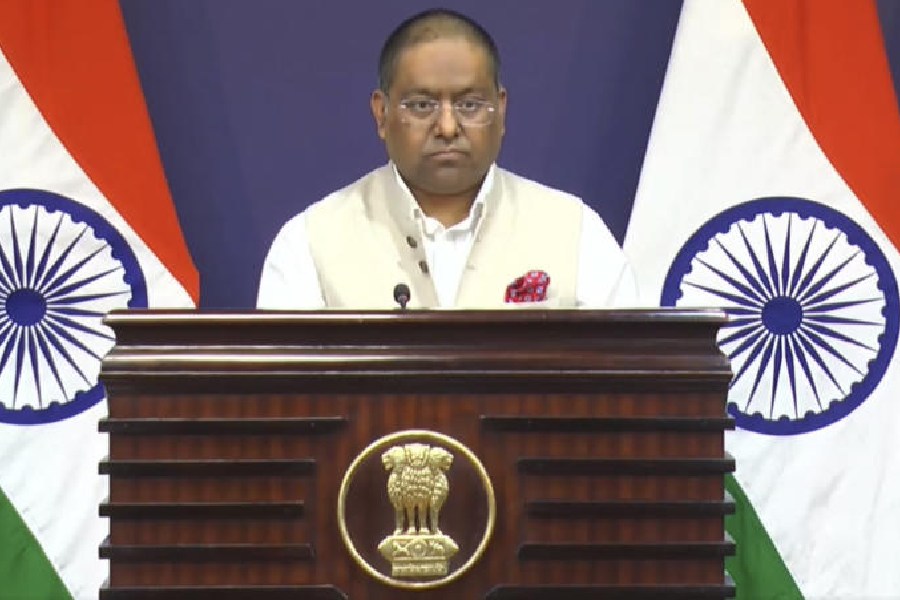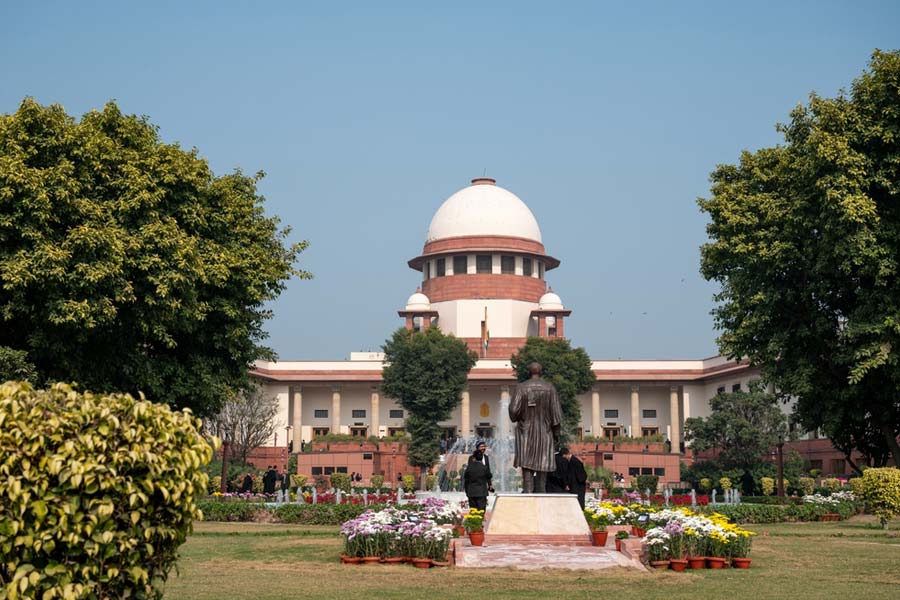J.P. Das’s path-breaking novel, Desa Kala Patra (A Time Elsewhere, Penguin, 2009), provides a fascinating perspective on a traditional world coping with changes brought about by colonial rule. The difficult, often traumatic, transition to modernity is presented vividly through a series of paradoxes.
An event of great significance happens in Odisha, an obscure corner of British India, in 1858. The Gajapati, a titular king and yet venerated by Odias as a semi-divine figure and as the chief of Lord Jagannath’s devotees, dies without an heir. His queen, Suryamani Devi, adopts Divyasingh, the son of the king of Khemandi, a chieftain from southern Odisha.
Embittered by a sense of being deserted by his father, Divyasingh grows up into a cruel and wayward young man. He tortures a beggar to death with the help of his cronies.
The young king is promptly arrested by the colonial authorities and a famous murder trial ensues. Convicted of murder, Divyasingh is sentenced to jail in the Andamans. A deep wound is inflicted on the Odia psyche with the representative on earth of Lord Jagannath being tried as a common criminal and deported to the notorious Cellular Jail. The British make an attempt to take the administration of the temple into their own hands but are resisted stubbornly by Suryamani.
During this time, the Naanka famine ravages the province. People die in the thousands as the colonial administration watches passively. When the worst of the famine is over, a commission is set up to fix the responsibility for the disaster. Not only are the erring British officials taken to task, the Odias themselves are blamed by some of the deponents for what has happened to them. The victims of the famine are made to take responsibility for the calamity. It is as if the famine serves as a pitiless mirror which reflects the utter helplessness and the inadequacy of the Odias as a community.
The stranglehold of an obsolete-yet-oppressive tradition becomes evident when Brahmins discuss ways of receiving the survivors of the famine back into the fold of Hinduism, not how another such terrible famine can be prevented from occurring.
The action now shifts to Cuttack and centres not on the British officials but on a few educated Odias such as Gourishankar Ray, Madhusudan Das and Pyarimohan Acharya, to name a few. The failure of the military uprisings against British rule has convinced them that they could look for no more alternatives. And as products of the education and legal system put in place by their colonial masters, they realise that they have no option but to work within the system. They now seek answers to their problems in the print culture. It is significant that an Odia weekly, Utkal Dipika, which aims to articulate the grievances and aspirations of Odias, is brought out in the year of the great famine itself. Odisha suddenly finds a voice.
The Odia identity gets intimately bound with the future of Odia language for attempts are now made to abolish it altogether. The Utkal Dipika fights against all such attempts not only by ridiculing and attacking them, but by trying to retrieve the neglected treasures of Odia literature and getting them printed. The print culture suddenly makes Odia literature classics available to a wide reading public giving them a sense of the richness of their past. It also brings into the limelight an unlikely hero: astronomer Pathani Samanta. The publication of his magnum opus, Sidhanta Darpana, contributes to the rising confidence of the Odia middle class in the nineteenth century.
Other eminent public figures begin to emerge at this time and make their presence felt. The most prominent among them is Madhusudan Das, who, like Pathani Samant, represents the triumph of the life of the mind in the face of almost impossible odds. Although a Christian, he fights a legal battle as Queen Suryamani’s lawyer and ensures that the management of the Jagannath temple does not pass into the hands of the British. Like Pathani Samant and Gourishankar, Madhusudan, too, represents one of the many paradoxes of the 19th century history.
Changes take place in other spheres of life, too. The advent of British rule, the introduction of a new legal system, the attack mounted by missionaries on Hindu customs and beliefs, lead members of the new middle class subjecting tradition to severe scrutiny and relentless interrogation. The literature and culture of the West hold out alternative systems of values and new ways of looking at the world and they find an ardent but unlikely admirer in a learned Brahmin scholar in Puri, Pandit Harihar Das. Although a great Sanskrit scholar, he emphasises on the need to learn English and thus arouses the wrath of orthodox Brahmins. The winds of change blow through Odisha and educated young men feel attracted to Brahmoism, a reform movement aimed at ridding Hinduism of evils such as caste and idol worship. Fakir Mohan, Gourishankar and Pyari Mohan get drawn to it. A new sensibility takes shape and finds expression in disruptive words and actions. In the middle of all these changes transforming Odisha in the second half of the 19th century stands Radhanath Ray, who embodies the triumph and the sadness of this changing world.
A central cultural figure of his time, he strikes us as strangely isolated and aloof. Like his celebrated contemporaries, he, too, presents a fascinating paradox and is seen negotiating disparate and conflicting worlds. The obedient child of an oppressively authoritarian father, he is a rebel in the literary world into which he boldly introduces disobedient daughters and the theme of incest. As a Bengali, who has early ambitions of making a mark in Bangla literature, he emerges as a towering figure in Odia literary history.
The transgressive tendencies generated by the colonial encounter find the most powerful and painful expression in his personal life. No other public figure in the 19th century Odisha experiences this conflict between desire and conscience, passion and guilt with such intensity. It is as if the new world of possibilities brought into being through contact with western education and social mobility made possible by colonialism confronts its outermost limits in Radhanath’s life. His affair with Nagendrabala, a young poet from Bengal, introduces him to a world of experience for which he is not prepared. And yet, far from liberating him from the shackles of convention and orthodoxy, it makes him retreat into violently puritanical self-disgust. For Nagendrabala, the affair results in self-destruction. It is, as if, in their doomed affair, the new world ushered in by contact with the west in Odisha glimpses the moral and spiritual abyss yawning before it and recoils in horror.










